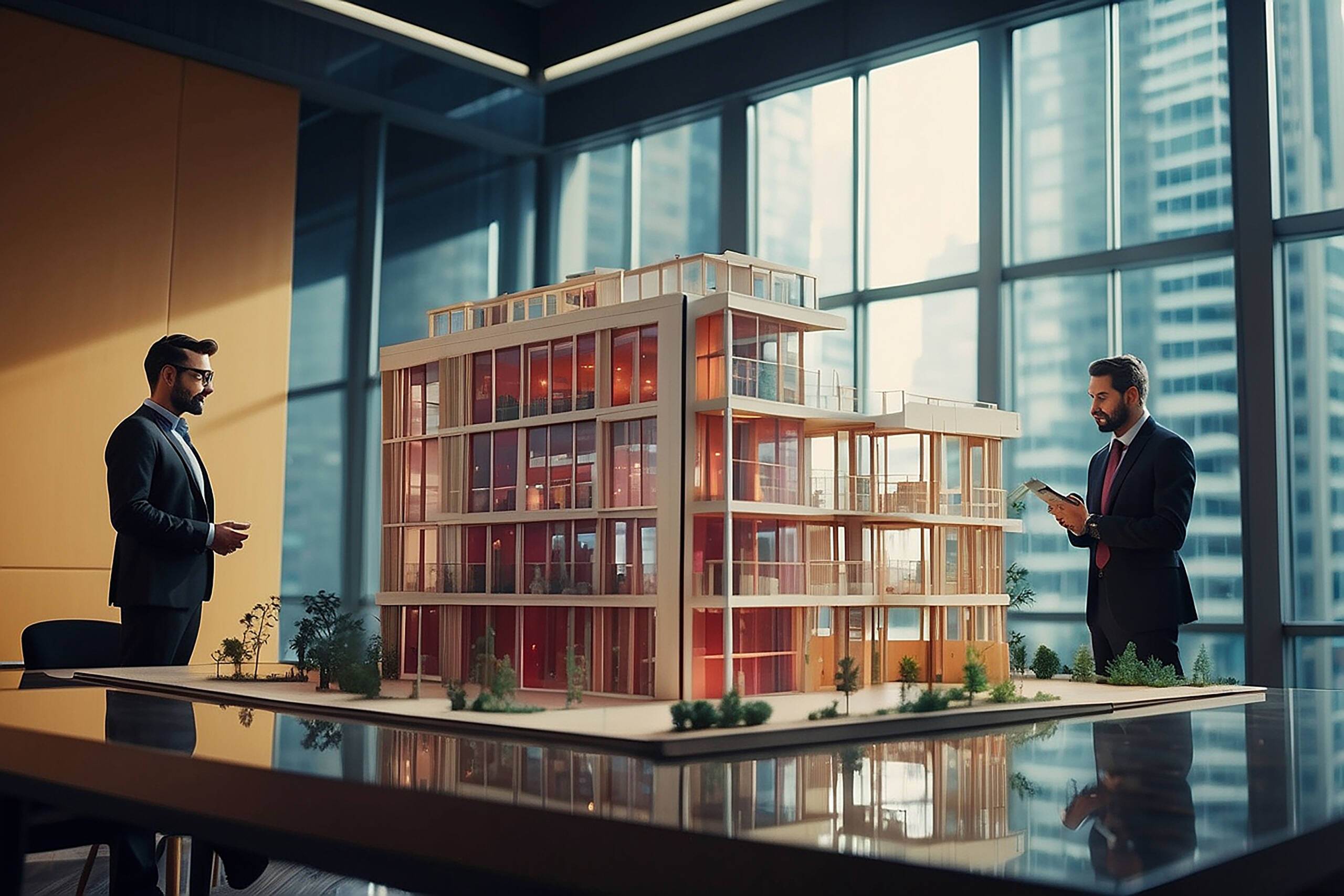As we step into 2025, commercial real estate (CRE) owners find themselves navigating a landscape that’s more complex and uncertain than ever before. From economic turbulence to rising tenant demands and environmental pressures, the challenges are mounting. While some areas of the market are thriving, the realities of operating in today’s world require property owners to be more adaptable and forward-thinking than ever.
1. Facing Economic Uncertainty
Economic conditions continue to be unpredictable, which is one of the most pressing issues for commercial property owners today. With rising inflation, fluctuating interest rates, and global economic instability, many property owners are grappling with a sense of uncertainty.
For many, this means struggling with declining property values or facing difficulties in securing financing. The impact of these factors can ripple through the market, making it harder for landlords to maintain profitable, long-term leases. Property owners are learning to be more strategic, making it crucial to stay flexible and prepared for sudden shifts in the market.
2. Evolving Tenant Demands
Tenant expectations are shifting, and meeting these new demands is a challenge all in itself. As hybrid work models become the norm and businesses look for more flexibility, the kind of spaces that were once in demand are changing. Today’s tenants need workspaces that are adaptable, with room for both remote and in-person workers, and that can cater to rapid shifts in their operational needs.
Commercial property owners who fail to adapt to this new demand for flexibility risk facing increased vacancies. Transforming spaces to be more flexible and offering shorter-term lease options can help property owners retain tenants. But, doing so requires investment and a commitment to listening closely to tenant needs.
3. Rising Operational Costs
If there’s one thing that hasn’t changed, it’s that operational costs for commercial properties are rising. Whether it’s higher utility bills due to aging infrastructure, increased labor costs, or the pressure to comply with environmental regulations, property owners are feeling the squeeze.
These rising costs affect the bottom line, especially for smaller property owners who lack the capital to implement energy-saving technologies or necessary upgrades. But ignoring this trend can result in long-term loss of competitiveness, as tenants increasingly demand energy-efficient, cost-effective spaces.
4. Pressure for Sustainability
Sustainability isn’t just a trend—it’s an expectation. Commercial property owners are under growing pressure to align their properties with green standards, whether that means upgrading heating and cooling systems, adding solar panels, or improving overall energy efficiency.
For some, retrofitting old buildings can be a costly and complex process. But, staying ahead of these sustainability requirements is no longer optional. Tenants, particularly businesses with their own sustainability goals, are increasingly drawn to eco-friendly spaces. Buildings that fail to meet these expectations may find themselves sitting empty as tenants choose greener options.
5. Technology’s Growing Role
As technology becomes more integrated into the CRE industry, property owners are realizing just how much it can streamline operations—and just how much of a challenge it can be to keep up. Smart building technologies, which can improve energy efficiency, security, and tenant satisfaction, are on the rise. But embracing these technologies comes with a learning curve and significant upfront investment.
Cybersecurity risks are also a concern as more building systems go digital, and property owners need to ensure they have adequate protection in place. Those who take a proactive approach to adopting and integrating technology will have the competitive edge. However, for some, the transition can feel overwhelming and costly.
6. Keeping Tenants Happy
Tenant retention is always a challenge, but it’s more pronounced in 2025. With businesses trying to cut costs and demand for office space fluctuating, landlords are being asked to deliver more for less. Tenants are seeking flexibility, whether it’s in lease terms or the ability to quickly scale up or down based on changing needs.
Long-term leases are no longer the gold standard they once were. Instead, tenants are looking for short-term flexibility and spaces that can accommodate their evolving needs. Property owners who fail to meet these expectations risk losing tenants to properties that offer more adaptable terms. Retaining tenants now requires a mix of offering more amenities, being responsive to their needs, and providing them with spaces that can flex with the times.
7. Adapting to Changing Times
The key to overcoming these challenges lies in adaptability. Owners need to rethink how commercial spaces are used, making them more flexible and future-proof. From embracing hybrid work environments to upgrading buildings with energy-efficient systems, staying relevant means constantly evolving.
For example, repurposing underutilized spaces or creating multifunctional environments can be a great way to meet tenant demand. Likewise, embracing digital tools to improve tenant services and property management processes can improve efficiency while also enhancing the tenant experience.
8. Investment Risks and Uncertain Returns
Finally, the risks of investing in commercial real estate have never felt higher. With the market in flux and tenant demand shifting, property owners need to take a more cautious approach. Diversifying investments, understanding market trends, and keeping a close eye on property values are essential for mitigating risk.
The rise of e-commerce and the continued shift away from traditional retail has also left certain types of commercial spaces, like shopping centers, vulnerable. Owners must think creatively about how to reimagine spaces, whether that means converting them into mixed-use developments, last-mile distribution centers, or other adaptive uses.
Conclusion
While the challenges are significant, there’s still hope for commercial real estate owners in 2025. The key to thriving in this ever-changing market is flexibility. Embracing new technologies, meeting the growing demand for sustainability, and adjusting to tenant needs are all essential to staying competitive.
Property owners who remain proactive, adaptable, and forward-thinking will find opportunities amid these challenges. The commercial real estate landscape may be tough, but for those who are willing to adapt and innovate, it remains full of potential.

